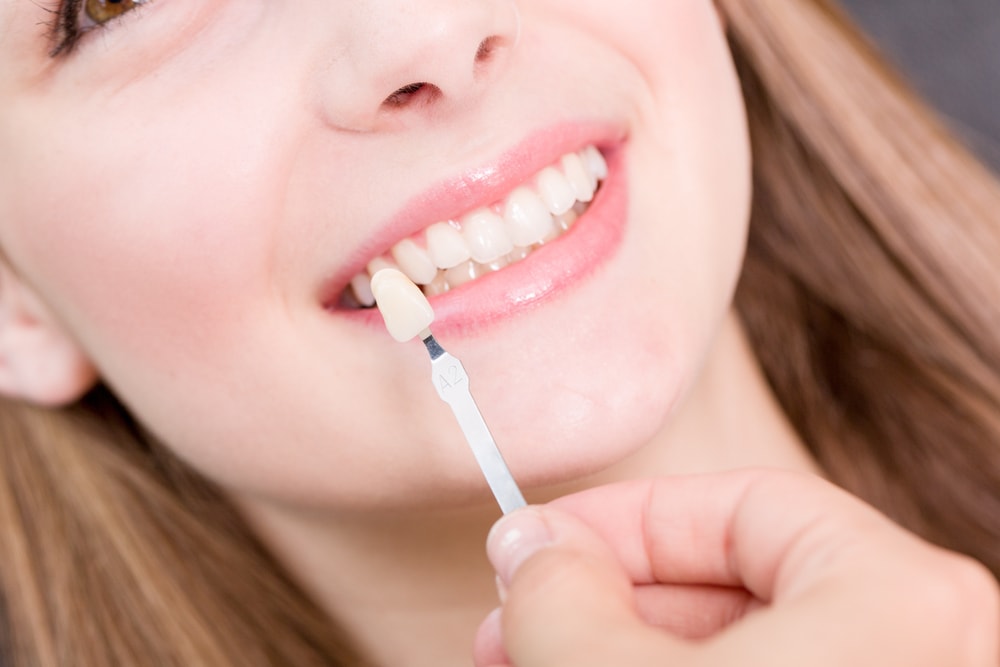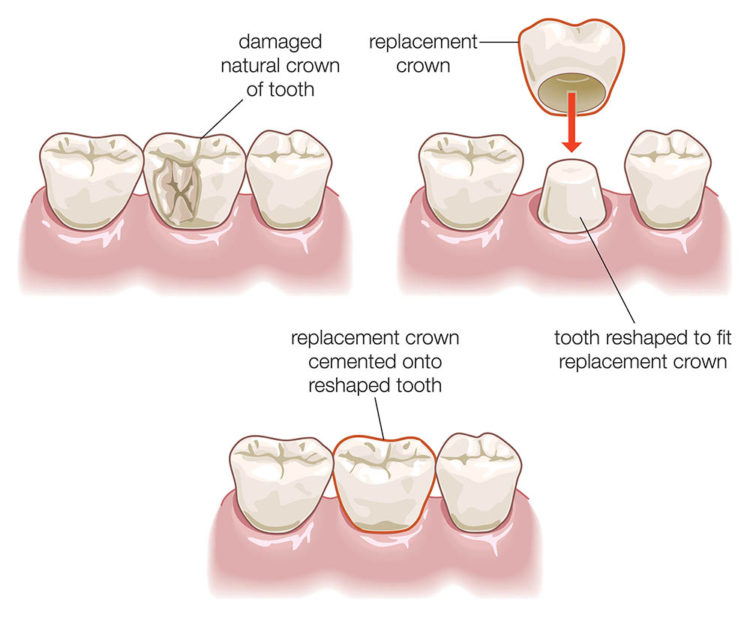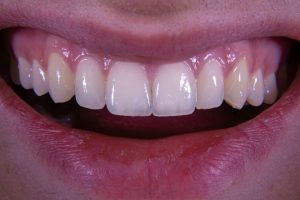To understand dental crown assessment and restoration, we must first dive into the basics of a dental crown.
Table of Contents
What Is A Dental Crown?
In the dentistry world, a dental crown is also known as a dental cap. This is a type of dental unit that is used to restore the structure and strength of an otherwise weak natural tooth. Additionally, a crown is also used to replace missing teeth, as in the form of a dental implant.
When Would I Require A Dental Crown?
There are numerous instances where a dental crown will be advised by your dentist. Some of them are –
- To restore the shape, strength, and function of a damaged tooth.
- To prevent a tooth from fracturing due to weakened strength. For example, a tooth that has undergone endodontic treatment.
- To improve the aesthetic integrity of a tooth that can’t be fixed by other cosmetic dentistry procedures.
- To replace another dental crown that has failed.
- To use on top of a dental implant to replace a missing tooth.
What Steps Are Involved In Getting A Dental Implant?
Getting fitted with a dental crown is an outpatient procedure. However, it does involve a couple of appointments with the dentist to complete the treatment.
Assessment
As usual, the first step is always an assessment of the patient’s oral cavity. No procedure, crowns or otherwise, can be performed without the dentist thoroughly examining the patient’s general and oral health.
Choice Of Restoration
Once the assessment is complete and the dentist has given the go-ahead, they will sit and discuss your crown options with you. The type of dental crown used depends on different factors – some of them are explained below.
Tooth Preparation

To make space for the dental crown to fit, the tooth in question needs to be “prepared”. This involves carefully shaving away the natural enamel to create room for the crown.
Impressions
When the dentist is satisfied with the tooth preparation, they will take impressions of the upper and lower jaws. Once the casts have been created, they will send them to the dental lab for crown fabrication.
In the meantime, they might fit you with a temporary restoration until the crown arrives.
Assessing The Final Fit

When the dental crown is sent back to the dentist’s office (usually in a couple of days), the crown is placed on the prepared tooth. This is done to check the fit of the crown.
If it fits snugly and properly, the dentist will perform final checks and then proceed to cement the crown into place. Once set, the dentist will remove any excess dental cement (used to fix the crown) and take care of any issues with the patient’s bite.
To make sure that you get the most out of your crown, you will be asked to follow proper oral hygiene. This includes brushing, flossing, and avoiding habits like smoking.
What Are The Types Of Dental Crown Assessment?
Similar to any other dental treatment, patients have to undergo a dental crown assessment to ensure that they can be fitted with one. Furthermore, an assessment is also performed to figure out the longevity of the dental crown.
Numerous factors are involved during the assessment for a dental crown. These are as follows –
Patient Factors
These factors are personal to the patient and include –
- Expectations of the patient
- The motivation of the patient to stick to the treatment plan and subsequently, maintain results
- Time and financial costs to the patient
Biological Factors
Biological factors include the general condition of the patient’s oral cavity.
- Status of periodontal health and risk of periodontal disease
- The health of the pulp and risk of endodontic disease
- Pre-existing caries or risk of caries
- Dental occlusion or problems with occlusion
Mechanical Factors
The mechanical factors of crown assessment include the tooth in question, namely –
- Remaining tooth structure
- Tooth’s width and height
- The tooth’s attachment levels
- The tooth’s length and shape of the root
Aesthetic Factors
The aesthetic factors are also important in dental crown assessment. The material used for the crown is based on how visible the tooth is when smiling. Furthermore, it could also be the patient’s choice.
What Are The Types Of Dental Crown Restoration?
The different types of dental crown restorations can be categorized into two –
- How much of the natural crown needs to be covered
- The kind of material used to fabricate the crown
The percentage of crown coverage divides the category into two types –
Full Crowns
As the name suggests, the entire portion of the natural tooth is covered by the crown. All of the surfaces are covered and protected by dental restoration.
3/4 and 7/8 Crowns
Contrary to full crowns, ¾ and 7/8 crowns cover only certain areas of the tooth in question. For instance, a ¾ crown covers three of the four walls of the tooth, the one facing the cheek is usually spared.
Despite the obvious advantage of lesser tooth preparation, these crowns aren’t normally used due to them being technically difficult. Furthermore, patients don’t prefer them either due to aesthetic concerns.
Dental crowns are of the following types when it comes to the kind of material used to make them –
Full Metal Crowns
As understood, these crowns are made entirely of metal. The kind of metal alloy used to fabricate the crown depends on –
- Cost of crown preparation
- Handling
- Alloy’s physical properties
- Biocompatibility
Full Ceramic Crowns
Full ceramic crowns are usually used by dentists because of their aesthetic advantages. However, full ceramic crowns are pretty brittle and can fracture easily. These are usually made of –
- Alumina
- Silica
- Zirconia
Metal-Ceramic Crowns
A hybrid of metal and ceramic crowns, these are the most popular kind of dental crown restorations used in a dentist’s office. They are also known as PFM or Porcelain-Fused-To-Metal crowns.
The base of the crown is a metal alloy and it is topped off with a porcelain finish. This gives the crown the durability it requires (via the metal) and the aesthetic finish (via the porcelain).
PFM crowns can be used everywhere in the oral cavity, making them highly requested.
To find out more about dental crowns offered at Brooklyn Boulevard Dental, call us at (763) 533-8669.
Our address:
Brooklyn BLVD Dental
Phone: (763) 533-8669








